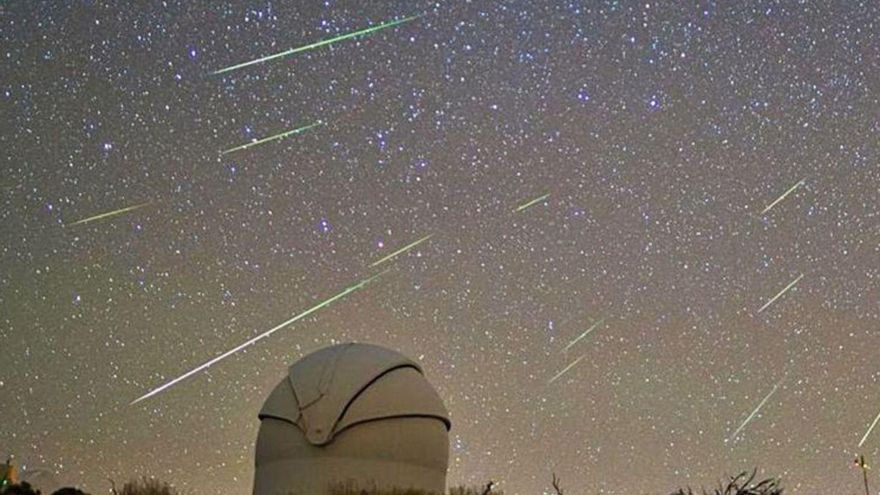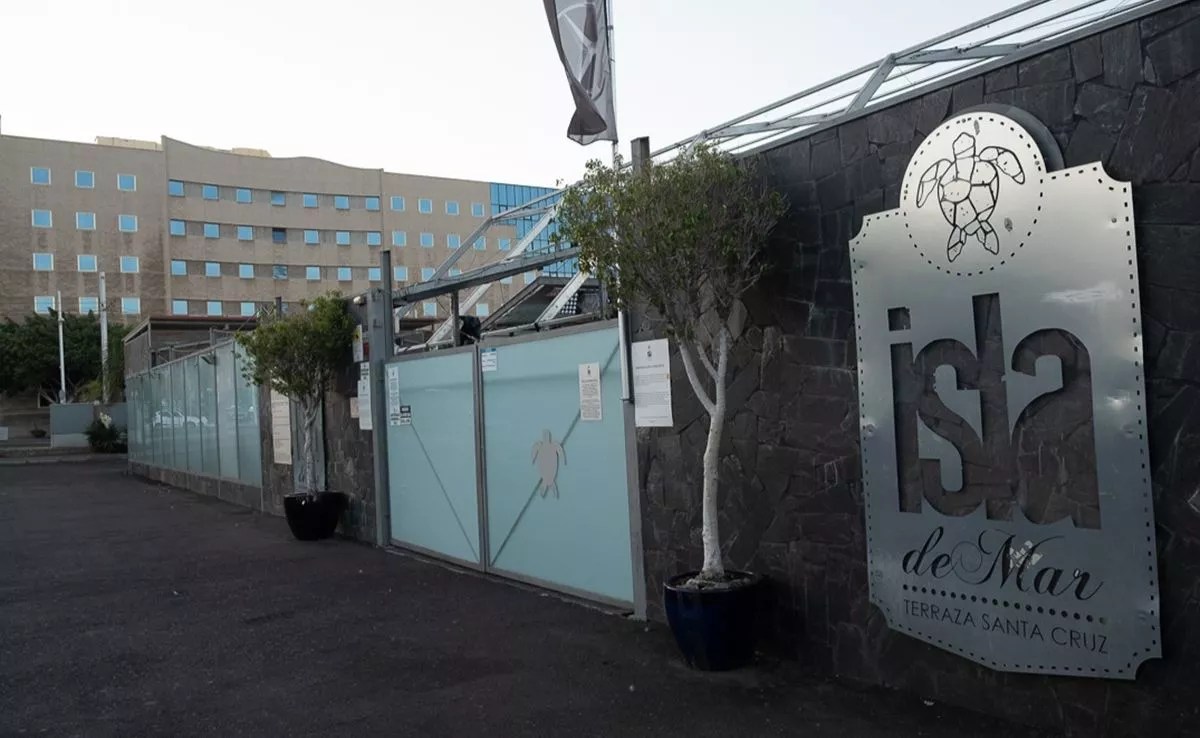
The Council of Tenerife activates a special surveillance operation next weekend in the Teide National Park before the anticipation that hundreds of people will access in their private vehicles to observe the Perseid phenomenon, the so-called tears of San Lorenzo. It is expected to be at its maximum intensity for the night from Friday to Saturday, although this year it is likely that its clear vision will not be possible due to two factors: the full moon and adverse weather conditions.
The Councilor for Management of the Natural Environment and Security of the Cabildo, Isabel García, recalls that “meteor shower sightings in the Teide National Park are a traditional activity in summer, but they must be carried out in the most respectful way possible in a highly sensitive environment like this.”
The first objective of the operation is to guarantee the safety of the people who travel to the National Park, in addition to the protection of the protected natural area. Garcia explains: «The excessive influx of vehicles during the sighting of the meteor shower can generate a situation of lack of control, as has happened on other occasions, so we have established reinforcements at both the fire-fighting checkpoints and at the information service».
The counselor insists on “attending to cleanliness and not going through places not enabled.” Once again, she adds, “we ask the population for common sense and respect for the signs and instructions of the park staff.”
Parking lots.
The reinforcement that will be established during the scheduled days includes the extension of checkpoint hours and the presence of pickup vehicles with 400-liter water tanks, two Unimog trucks and two information service vehicles that will make rounds at different points in the park. In addition, they will control the capacity of the established car parks. It is possible to limit access when those places are full.
Antecedent.
Last year it was especially difficult for island security to deal with this event every half of August. A level 4 health alert for covid-19 then coincided, with high temperatures, the forecast concentration of vehicles and their relationship with public order, as well as the risk of fires added by the concentration of people in areas close to forest areas. The measure of the Cabildo was then the control of access to Teide. The reasons were the load that the park supports that could not be overcome, in addition to having to leave the roads free for emergency vehicle traffic if necessary. The order was clear: if there is an excessive accumulation of people or the charge level of the park is exceeded, the accesses would be cut off. The advice was not to go up to avoid crowds and risks.
Blackout’.
This will not be a good August to observe the Perseids, the most anticipated meteor shower of the year, where up to a hundred shooting stars can be observed in an hour. There are two main factors against it: the full moon that will reign these days and the adverse weather. The Teide National Park heads the national ranking of the best places to observe the Perseids and any other type of astronomical spectacle.
August.
This is the favorite month for lovers of astronomy. Every year, on these dates, one of the most spectacular phenomena in the sky takes place: the Perseids, also known as tears of San Lorenzo. It is one of the astronomical spectacles of the summer in the northern hemisphere. They originate from Comet 109P/Swift-Tuttle, which completes an orbit around the Sun approximately every 133 years. Every time it approaches our star, it heats up and emits jets of gas and small solid particles that form the comet’s tail. In 2022, this activity will reach its maximum visibility between August 11 and 13. However, for several nights around these dates the activity will also be high. If the moon, which makes it difficult to see the weakest meteors, light pollution and weather conditions, in the form of fog and clouds, do not prevent it.
astronomers.
Astronomers, experts, security technicians and authorities remind us that “to see the Perseids it is not necessary to go up to the Mount Teide». Any beach, for example in the south, with little light pollution allows you to observe the shooting stars. Whenever possible, of course. And this doesn’t seem like the best year for that.
















